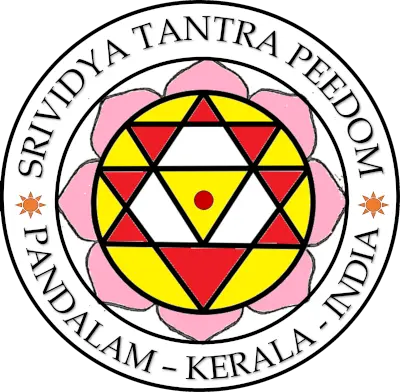why srividya

iti pṛṣṭo bhagavatā provāca munisattamaḥ |
yadi tuṣṭo ‘si bhagavannime pāmarajantavaḥ ||
The purpose of Srividya and how it differs from other tantric streams is given in Brahmanda Purana. Agastya finds people leading family life unable to make spiritual progress while constantly striving for materialistic needs. So he seeks guidance from Lord Hayagriva on the approach by which a person leading family life can get materialistic prosperity and spiritual realization.
tasmādaśeṣalokānāṃ tripurārādhanaṃ vinā |
na sto bhogāpavargauṃ tu yaugapadyena kutracit ||
Lord Hayagriva mentions that without Tripura sadhana or Srividya, a person cannot attain Bhukti and Mukti at the same time. Srividya is thus presented in purana as the ideal method for a person leading family life, to achieve Bhukti and Mukti.
A person leading a family life, can neither have the depth of devotion like Bhakti of Meera or the level of commitment to accomplish self realization with Gyana, Kriya or Karma Yoga. This is because detachment is achieved by extreme devotion, commitment, service and knowledge when following a single path which a person leading family life cannot follow. Srividya, the crust of which is Kundalini Tantra brings a blend of bhakti, kriya, karma and gyana yoga to achieve a middle path, that gives mukti through bhukti.
So a Srividya Guru guides the Shishya through Mahatmya Khanda (for Bhakti-devotion), Charya Khanda (for Karma), Kriya Khanda (for sadhana) and Gyana Khanda (for knowledge) as outlined in Srividya scriptures to attain Self Realization through Oneness with Goddess Tripura Sundari. Devotion alone or Meditation alone is not the path of Srividya. A staged progression, using Srividya Tantra Padathi involving multiple devatas and levels of progress is the path of Srividya.
